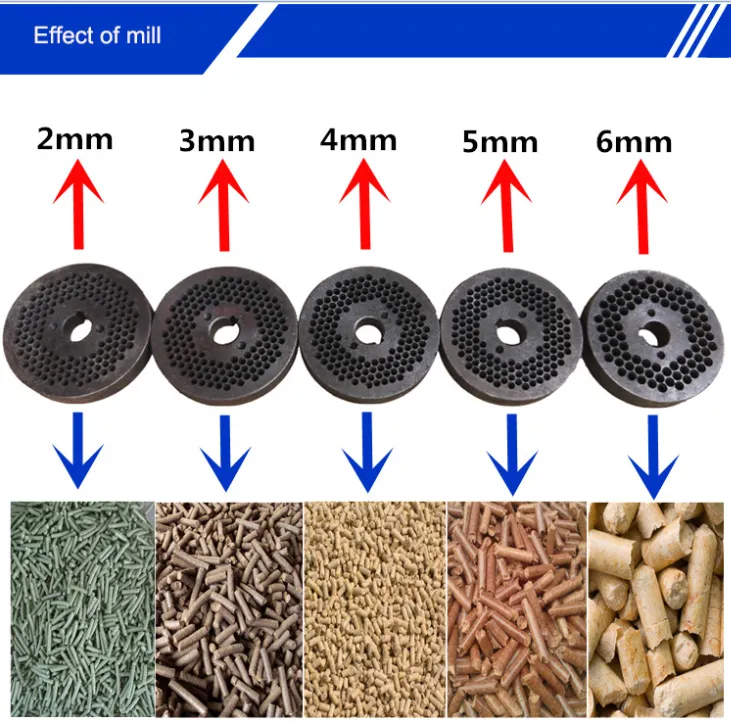Effective Caging Solutions for Successful Commercial Rabbit Breeding
Aug . 17, 2024 18:17 Back to list
Effective Caging Solutions for Successful Commercial Rabbit Breeding
Commercial Rabbit Breeding Cages A Guide to Optimal Rabbit Farming
When it comes to commercial rabbit breeding, the choice of housing is paramount to the health and productivity of the rabbits. Properly designed rabbit breeding cages can vastly improve breeding efficiency, ensure the well-being of the animals, and ultimately enhance the profitability of the operation. This article explores the significance of commercial rabbit breeding cages, key features, and best practices for effective management.
Importance of Rabbit Cages in Breeding
Commercial rabbit breeders invest in quality breeding cages to create a controlled environment where rabbits can thrive. Good housing protects rabbits from harsh weather conditions, predators, and diseases. A well-constructed cage also allows for easy observation of the rabbits, which is vital for monitoring their health and breeding behaviors. Furthermore, optimal cage designs can facilitate efficient waste management, reducing the risk of contamination and improving overall hygiene.
Key Features of Breeding Cages
1. Space and Dimensions Each breeding cage must provide adequate space for the rabbits to move around comfortably. Ideally, cages should measure at least 30 inches long, 24 inches wide, and 18 inches high for average-sized breeds. For larger breeds, the dimensions should be scaled up accordingly. Ensuring ample space not only reduces stress and aggression but also enhances rabbit welfare.
2. Material The choice of materials for rabbit cages is crucial. Metal cages, particularly galvanized wire, are preferred due to their durability and ease of cleaning. Wooden cages may be aesthetically pleasing but are more difficult to sanitize and can harbor pests. It is also essential to ensure that the wire has no sharp edges to avoid injuries.
3. Flooring Wire mesh flooring is commonly used as it allows for easy waste disposal and ventilation. However, providing a solid resting area covered with soft bedding can help prevent sore hocks, a common issue in rabbits kept on wire floors for extended periods.
4. Ventilation and Temperature Control Proper ventilation is critical to reduce ammonia buildup from urine and droppings, which can harm rabbit health. Additionally, cages should be designed to maintain comfortable temperatures, protecting rabbits from extreme heat or cold.
commercial rabbit breeding cages

5. Separate Breeding Areas For those involved in commercial breeding, having distinct areas within the cage setup—such as nesting boxes for does (female rabbits) during kindling (birthing)—is vital. This provides a safe, secure environment for mothers and their kits (babies), leading to higher survival rates.
Breeding Management Best Practices
1. Hygiene Protocols Regular cleaning and disinfection of cages are essential to prevent disease outbreaks. This includes daily removal of waste and used bedding, as well as periodic deep cleaning.
2. Monitoring and Care Breeders should regularly observe the rabbits for any signs of illness or distress. Keeping records of breeding cycles, health inspections, and growth rates can also help make informed decisions about breeding pairs and track progress.
3. Nutrition A balanced diet is crucial for successful breeding. Breeders should provide high-quality pelleted feed, hay, and fresh vegetables to meet the nutritional needs of both pregnant does and growing kits.
4. Socialization Although rabbits are social animals, care should be taken when housing them together, especially during breeding. They should be introduced gradually and monitored to avoid aggression.
Conclusion
Investing in high-quality commercial rabbit breeding cages is a foundational aspect of successful rabbit farming. By ensuring adequate space, proper materials, and sound management practices, breeders can create a conducive environment for rabbits to flourish. As the demand for rabbit meat and fur continues to grow, effective cage management will play an increasingly important role in the sustainability and success of commercial rabbit breeding operations.
-
Hot Sale 24 & 18 Door Rabbit Cages - Premium Breeding Solutions
NewsJul.25,2025
-
Automatic Feeding Line System Pan Feeder Nipple Drinker - Anping County Yize Metal Products Co., Ltd.
NewsJul.21,2025
-
Automatic Feeding Line System Pan Feeder Nipple Drinker - Anping County Yize Metal Products Co., Ltd.
NewsJul.21,2025
-
Automatic Feeding Line System - Anping Yize | Precision & Nipple
NewsJul.21,2025
-
Automatic Feeding Line System - Anping Yize | Precision & Nipple
NewsJul.21,2025
-
Automatic Feeding Line System-Anping County Yize Metal Products Co., Ltd.|Efficient Feed Distribution&Customized Animal Farming Solutions
NewsJul.21,2025






